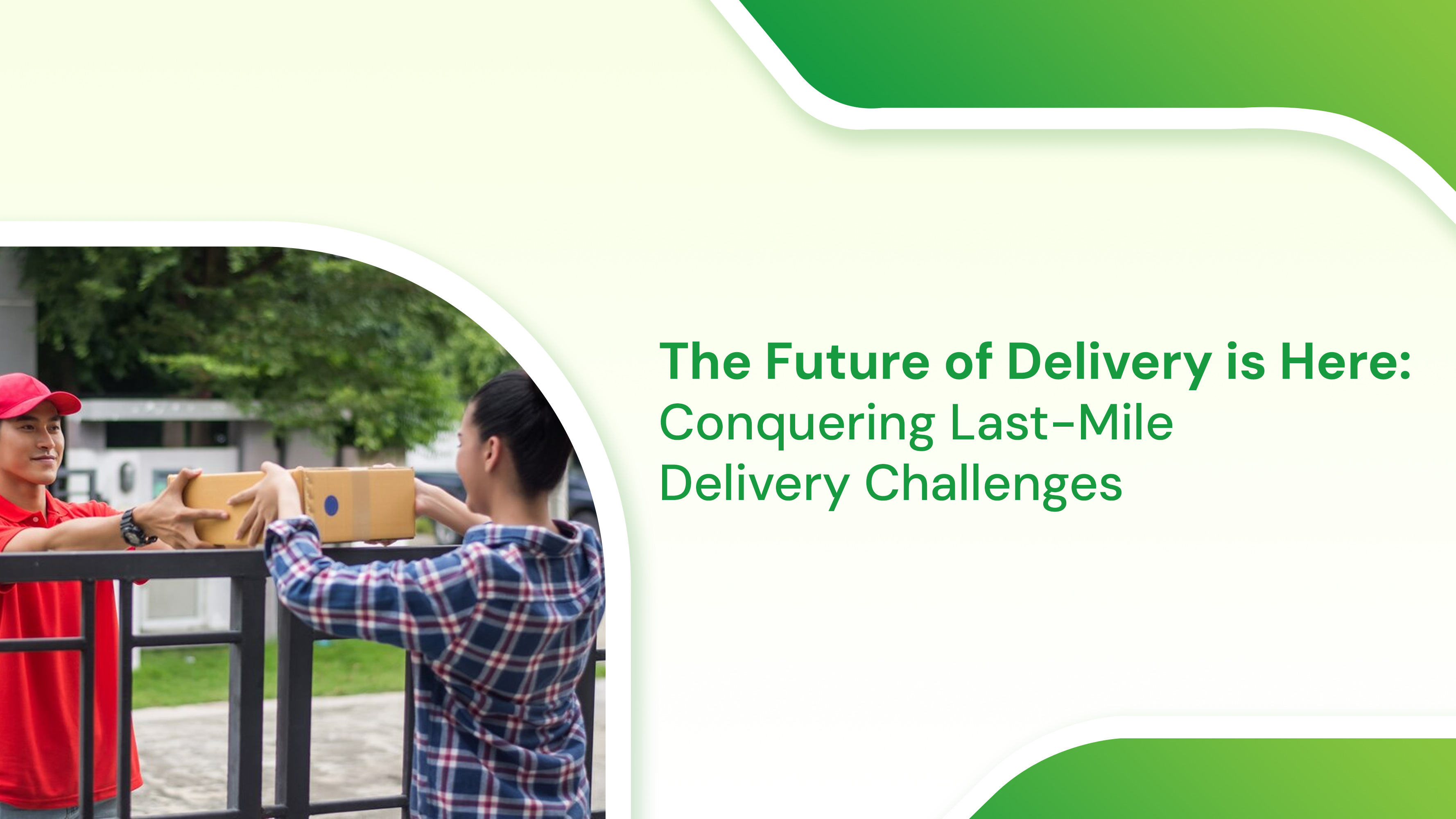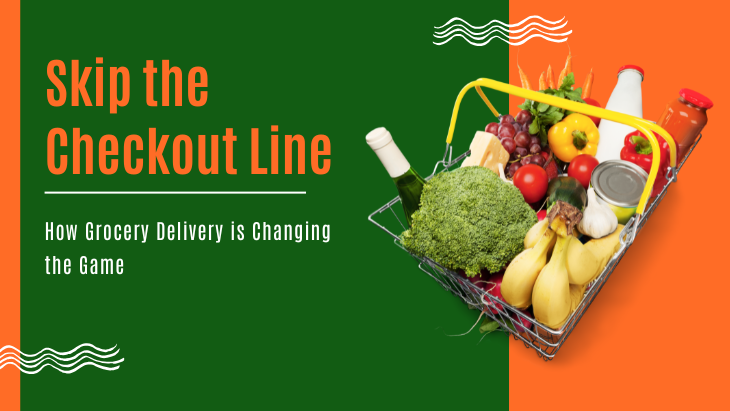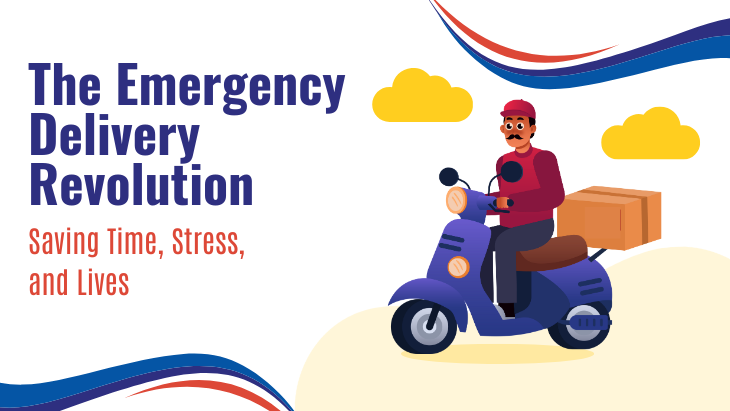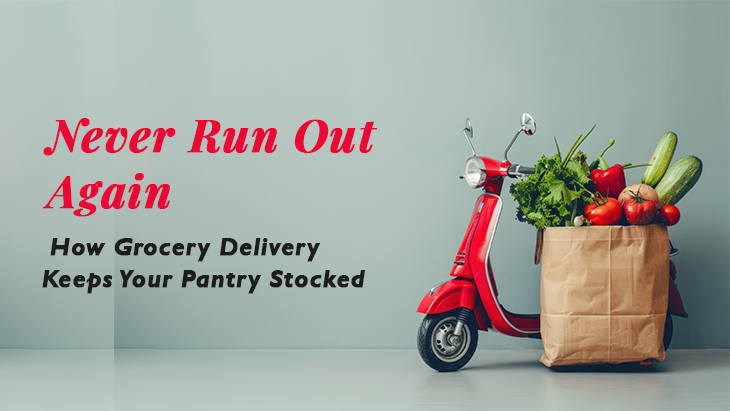The "last mile," the final leg of a product's journey from a warehouse to a customer's doorstep, has become the battleground for e-commerce success. As consumer demands for faster, more convenient, and sustainable deliveries continue to rise, businesses are scrambling to optimize their last-mile strategies. This article delves into the challenges plaguing last-mile delivery, explores emerging technologies and solutions, and sheds light on the future of this crucial aspect of the supply chain.
Understanding the Last-Mile Challenge:
The last mile poses unique challenges compared to the earlier stages of the supply chain. It involves navigating dense urban environments, dealing with traffic congestion, and ensuring successful first-attempt deliveries. This leads to:
Increased costs: Multiple stops, inefficient routes, and failed deliveries inflate operational expenses, impacting both businesses and consumers.
Environmental impact: Delivery vehicles contribute significantly to traffic congestion and air pollution, raising sustainability concerns.
Customer dissatisfaction: Missed deliveries, long wait times, and lack of flexibility can lead to frustration and churn.
Emerging Technologies for a Brighter Future
The good news is that the future of last-mile delivery is brimming with innovative solutions. Here are some key trends transforming the landscape:
Delivery drones: Autonomous drones offer the potential for faster deliveries in specific locations, particularly for urgent items or in geographically challenging areas.
Delivery robots: These land-based robots navigate sidewalks and designated paths, offering an eco-friendly and efficient solution for short-distance deliveries within urban areas.
Micro-fulfillment centers: Setting up smaller fulfillment centers closer to customers reduces delivery distances and enables faster deliveries, especially for high-demand items.
Electric vehicles (EVs): Shifting to EVs significantly reduces the environmental impact of last-mile delivery while lowering operational costs for businesses.
Predictive analytics and route optimization: Leveraging data and machine learning allows companies to optimize delivery routes, predict customer behavior, and minimize missed deliveries.
Collaborative Solutions and Shifting Consumer Preferences:
Beyond technological advancements, several other aspects are shaping the future of last-mile delivery:
Collaboration between businesses: Partnerships between retailers, delivery companies, and logistics providers can foster efficient and cost-effective solutions.
Pick-up and drop-off points: Providing customers with convenient options like lockers or designated pick-up locations reduces the reliance on doorstep deliveries and offers greater flexibility.
Transparency and communication: Keeping customers informed about delivery progress through real-time tracking and proactive communication fosters trust and a positive delivery experience.
The Evolving Customer Landscape
Consumer preferences are also evolving, shaping the direction of last-mile solutions. Here are some key trends to consider:
Sustainability concerns: Consumers are increasingly demanding eco-friendly delivery options, pushing businesses towards cleaner technologies and sustainable practices.
Convenience and flexibility: Customers desire convenient delivery options like same-day deliveries, flexible time windows, and self-service pick-up and return choices.
Transparency and control: Customers expect real-time tracking information and clear communication throughout the delivery process.
Building a Sustainable and Efficient Future
By embracing a combination of emerging technologies, collaborative partnerships, and a customer-centric approach, businesses can build a sustainable and efficient future for last-mile delivery. This requires:
Continuous innovation: Staying at the forefront of technological advancements and adapting strategies to meet evolving customer needs.
Sustainability focus: Implementing eco-friendly practices and technologies to reduce the environmental impact of deliveries.
Collaboration: Fostering partnerships with other organizations to share resources, optimize routes, and improve overall efficiency.
Customer-centric approach: Prioritizing customer convenience and satisfaction by offering flexible options, clear communication, and a seamless delivery experience.
The last mile is no longer just a logistical challenge; it's a critical touchpoint for building customer loyalty and brand reputation. By embracing innovation, collaboration, and a customer-centric mindset, businesses can navigate the last mile with ease, paving the way for a more efficient, sustainable, and satisfying delivery experience for everyone.
Conclusion
In conclusion, the future of last-mile delivery is a tapestry woven with innovation, collaboration, and a customer-centric focus. Embracing emerging technologies like drones, robots, and micro-fulfillment centers will streamline operations and enhance efficiency. Collaborative partnerships will foster resource sharing and optimized routes. However, the cornerstone of this future lies in prioritizing the customer. By offering flexible options, clear communication, and a seamless delivery experience, businesses can not only conquer the last-mile challenge but also transform it into a competitive advantage. As we move forward, the journey towards a sustainable, efficient, and customer-centric future of delivery holds immense promise for both businesses and consumers alike. Remember, even the smallest steps can take us a long way in transforming the final leg of the supply chain into a seamless and satisfying experience for all.







Post Comments